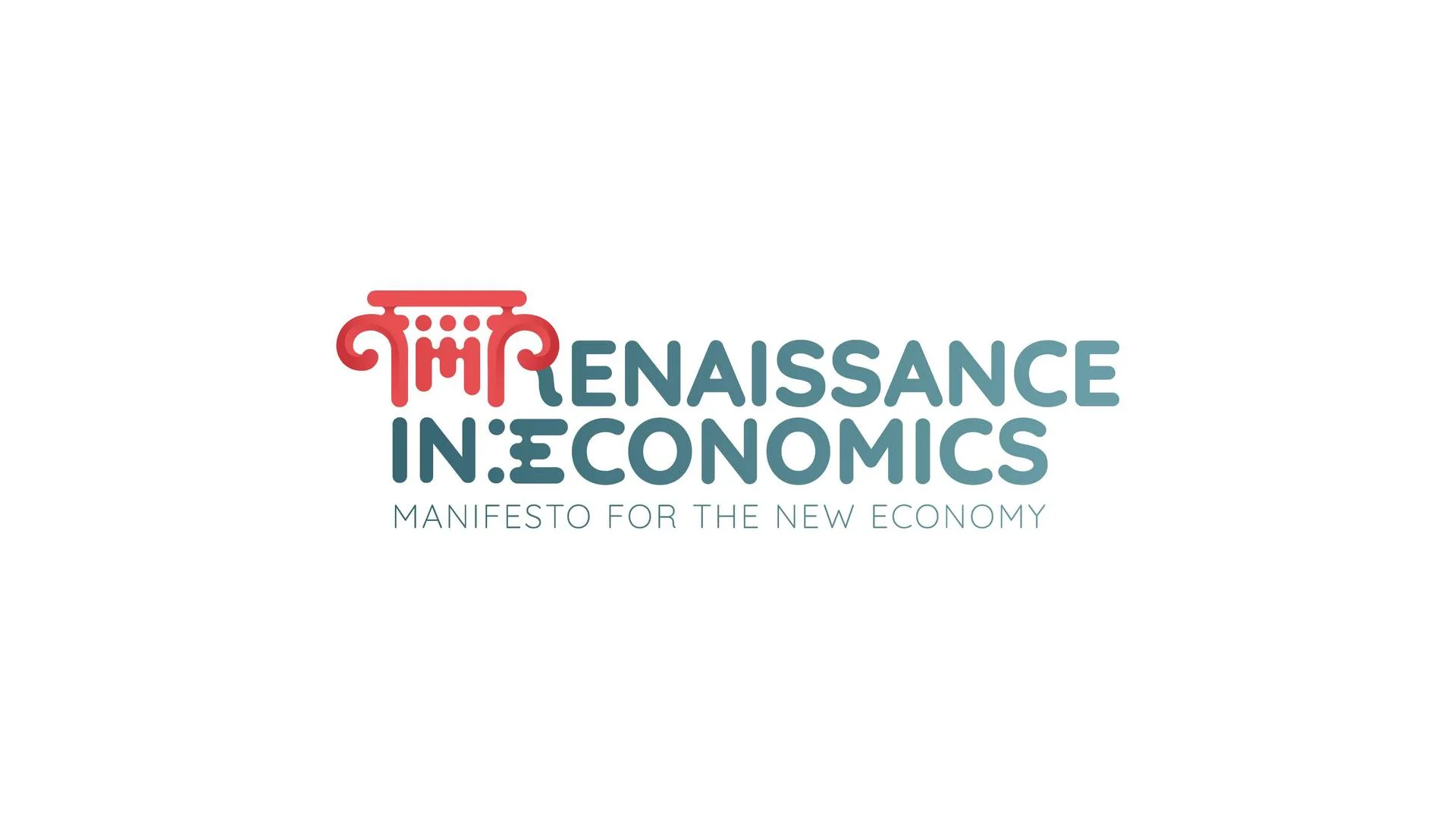Economics Terms A-Z
Stag Hunt
Read a summary or generate practice questions using the INOMICS AI tool
The stag hunt dilemma in game theory is a variation on the prisoner’s dilemma. It was developed by the French philosopher Jean-Jacques Rousseau and represents the conflict between social cooperation and personal security.
In Rousseau’s original theory, a group of hunters track a large stag, finding that it follows a certain path. One hunter alone cannot kill the stag, but if they work together, they can trap the stag and all of them will eat well. However, if their trap is discovered, the stag will flee, and none of them will eat.
The hunters agree to lay the trap and wait for the stag. After waiting for several hours with no sign of the stag, along comes a rabbit. The rabbit presents an opportunity for an individual hunter to eat, and it is easy prey. While the rabbit is worth less than the stag, it is easier to hunt, so its payoff in terms of utility is more certain.
But if one of them leaps out of hiding to hunt the rabbit, the trap for the stag will be wasted, and the others will starve. Thus, the risk for each hunter is two-fold. Each risks not only that the stag will never appear but also that another hunter will secure the rabbit for themselves. Each hunter must make a choice: trust the others and hunt the stag for a potentially greater payoff, or hunt the rabbit for a smaller but more certain payoff.
This scenario can be represented in game theory with a payoff matrix. Let’s look at a simple case of two hunters, or “players”, who face the payoff matrix below. If both players hunt the stag, they will each receive a payoff of 5. If player 1 hunts the rabbit, while player 2 hunts the stag, player 1’s payoff is 4, and player 2’s payoff is 0. Alternatively, if player 1 hunts the stag and player 2 hunts the rabbit, player 1’s payoff is 0, and player 2’s payoff is 4. If both hunt the rabbit, each will receive a payoff of 2. Each player must choose a strategy in the face of uncertainty about the actions of the other player.
|
|
Player 2 |
||
|
Hunt Stag |
Hunt Rabbit |
||
|
Player 1 |
Hunt Stag |
5, 5 |
0, 4 |
|
Hunt Rabbit |
4, 0 |
2, 2 |
|
A stag hunt dilemma results in two pure Nash equilibria. One Nash equilibrium (Stag, Stag) is Pareto optimal and is the most preferred outcome. This outcome is payoff dominant since it has the highest expected payoff for both hunters. It is also risky because the other hunter may defect and hunt rabbits.
The less risky strategy Nash equilibrium (Rabbit, Rabbit) is risk dominant. If one hunter decides to hunt rabbits, the other hunter’s best strategy is to hunt rabbits, too. This outcome is associated with the uncertainty each hunter has about the other hunter’s actions.
For these reasons, the stag hunt dilemma is sometimes referred to as a coordination game, assurance game, or trust dilemma. The main obstacle is finding a way to coordinate individual decisions and strategies to achieve the best outcome.
The greater the level of uncertainty between the players, the more likely that each individual will choose the less risky strategy, leading to an inefficient outcome. When players trust each other more or are able to establish strong agreements, they are more likely to cooperate.
This last point is important for larger Stag Hunts. The more players are in the Stag Hunt game, the harder it is for players to trust one another and establish strong agreements. Therefore, the most socially optimal outcome (Stag, Stag) is harder to achieve as more people are added to the game.
Good to Know
One example of a stag hunt dilemma may be seen in international politics related to climate change mitigation. Suppose countries are discussing a way to curb carbon emissions. These nations may initially agree upon a particular strategy to reduce emissions. However, each nation faces an individual set of costs and benefits associated with following the agreed upon strategy. Nations then decide between a strategy of “cooperation” and one of “defection”.
In 2016, the United Nations Climate Change Conference adopted the Paris Agreement, a legally binding international treaty to reduce greenhouse gas emissions and the global temperature. The agreement required countries to establish five-year national climate action plans. The agreeing countries must also submit reports to an international climate panel about their efforts, progress, and actions taken to achieve the long-term climate goals beginning in 2024.
These reports will be used to develop recommendations for countries as they develop strategies for the next five-year cycle. But, even if many countries sign the agreement, some nations may not cooperate because they would receive benefits without having to pay the costs of climate change mitigation. And if nations don’t trust that others will sufficiently reduce their emissions, they may choose to “hunt the rabbit” themselves.
Indeed, the Paris Agreement has been so far met with limited success. While many of these nations have taken steps to reduce their carbon emissions, many of them have missed their reduction targets over time. According to data published by the Climate Action Tracker research group, none of the world’s biggest emitters have reduced their emissions enough to stay on pace for the original 1.5 degrees Celsius goal. It seems that the stag remains just out of reach.
-
- Conference
- Posted 2 weeks ago
45th RSEP International Multidisciplinary Conference
Between 4 Feb and 5 Feb in Lisbon, Portugal
-
- Conference
- Posted 1 week ago
MIRDEC 26th MADRID 2026 Conference
Between 28 May and 29 May in Madrid, Spain
-
- Workshop, Conference
- Posted 1 week ago
Call for Papers: 3° International Conference Renaissance in Economics 2026
Between 14 May and 15 May in Rome, Italy














